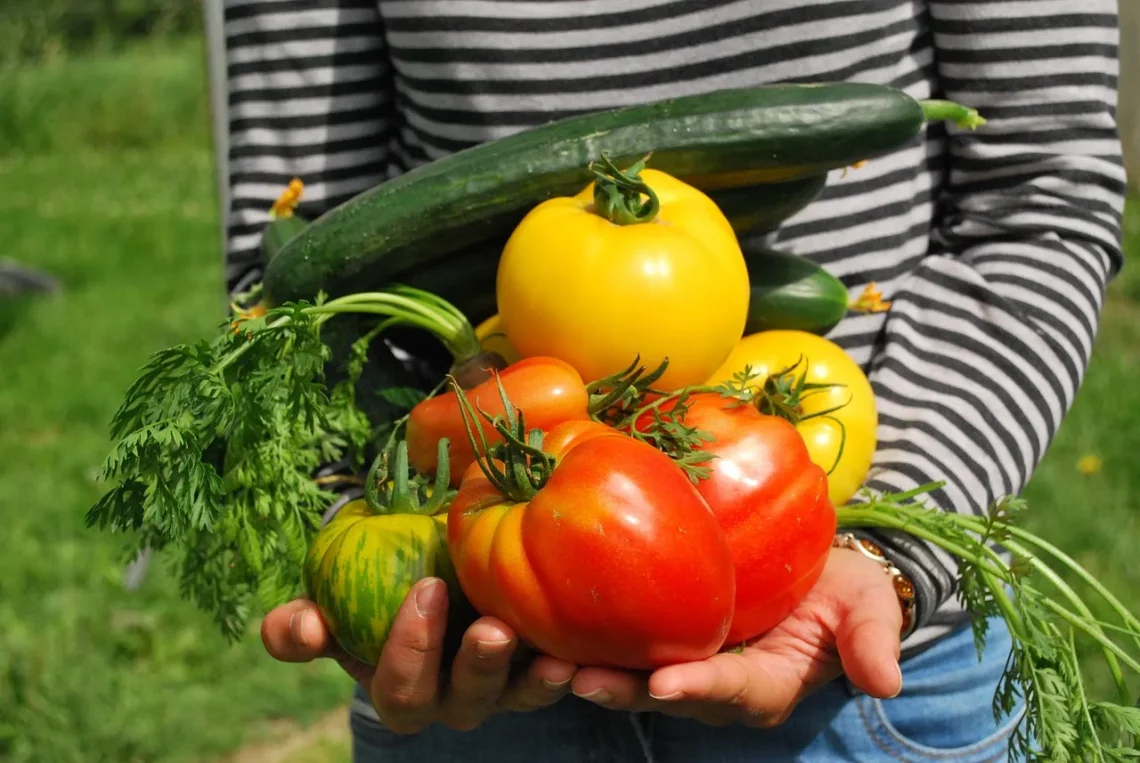
Can Guinea Pigs Eat Green Beans Safely and Healthily?
Guinea pigs are beloved pets known for their gentle nature and social behavior. As small herbivores, their diet primarily consists of hay, fresh vegetables, and pellets specifically formulated for their nutritional needs. However, the question of what foods are safe and healthy for these furry companions often arises among pet owners. Understanding the dietary requirements of guinea pigs is crucial for their long-term health and well-being.
One of the common vegetables that many pet owners wonder about is green beans. These crunchy legumes are popular in human diets for their nutritional benefits, but it’s important to assess whether they are suitable for guinea pigs as well. As with any food, it’s vital to consider the specific dietary needs of guinea pigs, as well as the potential risks and benefits associated with introducing new items into their diet. Through careful examination, pet owners can ensure that their guinea pigs receive an appropriate and varied diet that contributes to their health and happiness.
Nutritional Profile of Green Beans
Green beans, also known as snap beans or string beans, are a common vegetable that many people enjoy. They are rich in various nutrients that can be beneficial for human health, but when it comes to guinea pigs, it’s essential to analyze their specific nutritional profile to determine how they might fit into a guinea pig’s diet.
Green beans are primarily composed of water, making them a hydrating food option. They also contain a modest amount of carbohydrates, which can provide energy. In terms of vitamins, green beans are a good source of vitamin C, which is crucial for guinea pigs as they cannot synthesize this vitamin on their own. Vitamin C plays a vital role in maintaining a healthy immune system, promoting healthy skin, and aiding in the absorption of iron.
Additionally, green beans offer dietary fiber, which is essential for digestive health in guinea pigs. A diet high in fiber helps prevent gastrointestinal issues, such as bloating and constipation, which can be detrimental to their health. However, while green beans provide some beneficial nutrients, they also contain certain compounds that should be considered.
One such compound is lectins, which can be harmful in large quantities and may cause digestive upset. Additionally, green beans are relatively low in calcium compared to other vegetables, making them a suitable option for guinea pigs prone to urinary issues. When offering green beans, it’s important to do so in moderation and to monitor your pet’s reaction to this new food.
In summary, while green beans offer some nutritional benefits for guinea pigs, they should be introduced carefully and in limited amounts. It’s crucial to balance their diet with a variety of other vegetables and hay to ensure they receive all the necessary nutrients for optimal health.
How to Safely Introduce Green Beans to Your Guinea Pig’s Diet
Introducing new foods into your guinea pig’s diet should always be done gradually to avoid gastrointestinal upset. When considering adding green beans, it’s advisable to start with small portions and observe how your pet responds.
Begin by washing the green beans thoroughly to remove any pesticides or contaminants. You can serve them raw, as cooking may diminish some of their nutritional value. Cut the green beans into small, manageable pieces to make it easier for your guinea pig to chew and digest. This also allows for better monitoring of their intake.
When introducing green beans, watch for any signs of digestive discomfort, such as changes in stool consistency or behavior. If your guinea pig enjoys the green beans and appears to tolerate them well, you can gradually increase the quantity over time. However, it’s important to remember that green beans should only be an occasional treat rather than a staple food in their diet.
Offering a variety of vegetables alongside green beans can help create a balanced diet. Vegetables like bell peppers, leafy greens, and cucumbers provide different nutrients that complement the benefits of green beans. The key is variety; rotating different vegetables helps prevent boredom and ensures your guinea pig receives a well-rounded diet.
Additionally, always ensure that your guinea pig has access to unlimited hay, which is essential for their digestive health and provides the necessary fiber. Fresh water should also be available at all times to keep them hydrated.
In conclusion, safely introducing green beans to your guinea pig’s diet involves gradual incorporation, monitoring their reactions, and maintaining a balanced diet with a variety of other vegetables and hay.
Potential Risks of Feeding Green Beans to Guinea Pigs
While green beans can be a healthy treat for guinea pigs when offered in moderation, there are potential risks associated with feeding them this vegetable. Understanding these risks can help pet owners make informed decisions about their furry friends’ diets.
One of the primary concerns with green beans is their lectin content. Lectins can interfere with nutrient absorption and may lead to digestive issues if consumed in large amounts. Although the quantity of lectins in green beans is relatively low, guinea pigs are small animals, and what may be a minor concern for humans can be more significant for them. Therefore, it’s advisable to limit green beans to occasional treats rather than a regular part of their diet.
Another risk to consider is the potential for allergies or intolerances. Just like humans, guinea pigs can have individual reactions to specific foods. If you notice any signs of an allergic reaction, such as itching, swelling, or gastrointestinal distress, it is crucial to stop feeding green beans immediately and consult a veterinarian.
Additionally, while green beans are low in calcium, they are not entirely calcium-free. Over time, excessive calcium intake can lead to urinary stones, which are a common health issue in guinea pigs. Therefore, maintaining a balanced diet that includes a variety of vegetables is essential to prevent any single nutrient from becoming too dominant in their diet.
Lastly, remember that all guinea pigs are unique, and their dietary needs can vary based on factors like age, health status, and activity level. Consulting with a veterinarian who is knowledgeable about guinea pig care can provide personalized guidance on the best diet for your pet.
In summary, while there are some risks associated with feeding green beans to guinea pigs, these can be mitigated by offering them in moderation and paying attention to your pet’s individual needs and health.
Conclusion
Feeding guinea pigs requires careful consideration of their specific dietary needs to ensure their overall health and happiness. Green beans can be a safe and nutritious treat when introduced properly and offered in moderation. They provide some beneficial nutrients, including vitamin C and dietary fiber, which are essential for guinea pigs.
However, potential risks associated with green beans, such as lectins and possible allergies, should not be overlooked. Always introduce new foods gradually, monitor your pet’s reactions, and maintain a varied diet that includes plenty of hay and other fresh vegetables.
Ultimately, the health and well-being of your guinea pig depend on a balanced diet tailored to their unique needs. If you have any concerns about your guinea pig’s health or dietary choices, it’s always best to consult with a veterinarian for personalized advice.
**Disclaimer**: This article is not intended as medical advice. For any health concerns related to your guinea pig, please consult a qualified veterinarian.




